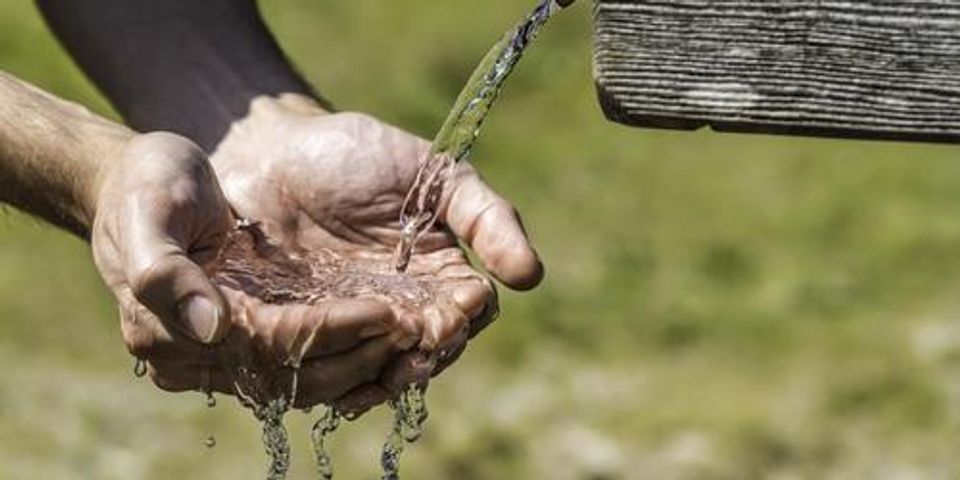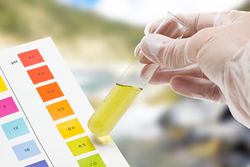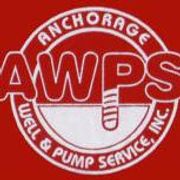Well Pumping Experts List 3 Must-Know Facts About Well Water

Getting your water supply from a well is a natural and helpful method if you live far away from municipalities or larger towns. Before filling up a glass, however, it’s important to understand some important elements of well water. For more than 40 years, Anchorage Well & Pump Services has been providing a wide range of well pumping services to the Anchorage region. This long-term experience allows the team to fully understand well water safety. Here are just a few facts they say you should know.
3 Important Facts About Well Water
1. It Isn’t Normally Monitored by Municipalities
For those living in a town or similar area, the water delivered to their home is closely monitored by the municipalities of the region. This watchful eye makes sure the water quality is high and no harmful contaminants are present. For those with wells, this isn’t the case.
In most cases, water is more pure when it is retrieved from a deeper location. There still can be contaminants such as minerals and harmful additions like radon, bacteria, and heavy metals, however. In light of this, many local health departments provide inexpensive testing kits to ensure the liquid is safe to drink. These tests are recommended after the well is installed and then annually after that, along with the proper maintenance from a reliable well pumping business.
2. Different Pollutants Can Be Identified by Certain Signs
There are a number of different factors that go into identifying any type of pollutants in well water, but certain contaminants have telltale signs to watch out for. Bacteria such as coliform leaves traces and tastes fishy and earthy, while musty smells and red stains are warning signs of iron. Hard water leaves spots and deposits on sinks and faucets and can also be accompanied by a rotten egg or swimming pool taste, signaling hydrogen sulfide and chlorine.
It’s important to note, however, that some of the most dangerous well water pollutants are undetectable. Certain harmful chemicals and pesticides don’t have calling cards, making the need to test your well’s water supply even more crucial.
3. Tests Can Include a Number of Factors
 As stated above, testing the purity of well water is usually up to the owner of the well. There’s good news and bad news here. The good news is the tests are normally fairly inexpensive and cover nitrates, coliform bacteria, pH, and other area-specific issues. The bad news is you can also test for a huge range of contaminants as well. While it’s good to know as much as possible about your water supply, these additional tests quickly become expensive. Speaking to your local health department will help you narrow down exactly what you should be testing for without breaking the bank.
As stated above, testing the purity of well water is usually up to the owner of the well. There’s good news and bad news here. The good news is the tests are normally fairly inexpensive and cover nitrates, coliform bacteria, pH, and other area-specific issues. The bad news is you can also test for a huge range of contaminants as well. While it’s good to know as much as possible about your water supply, these additional tests quickly become expensive. Speaking to your local health department will help you narrow down exactly what you should be testing for without breaking the bank.
Once you’ve completed the tests and are ready to enjoy refreshing well water, you’ll want the experienced well pumping specialists at Anchorage Well & Pump Services on your side in case maintenance issues and other concerns arise. The wide range of services provided will help your well stay in tip-top shape as it continues to provide high-quality water. For more information, call (907) 243-0740 or visit the website today.
About the Business
Have a question? Ask the experts!
Send your question

